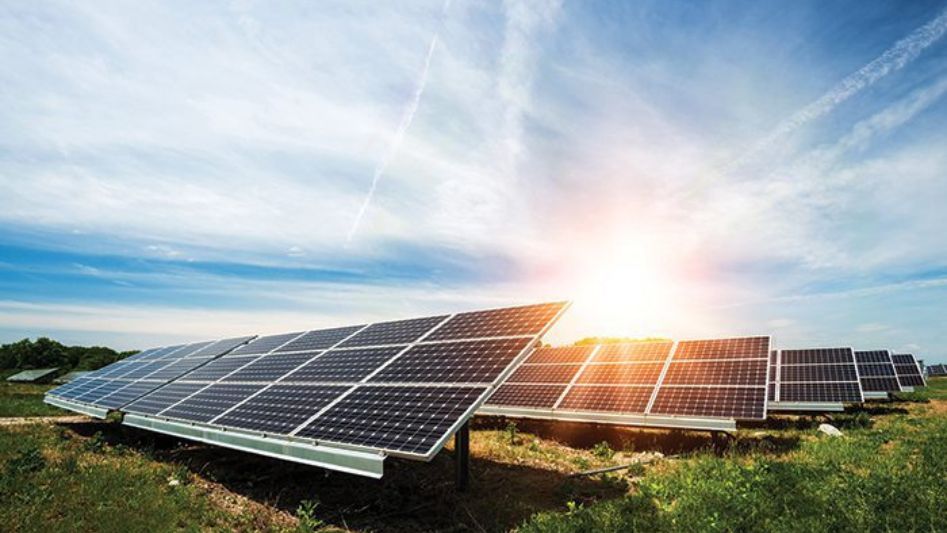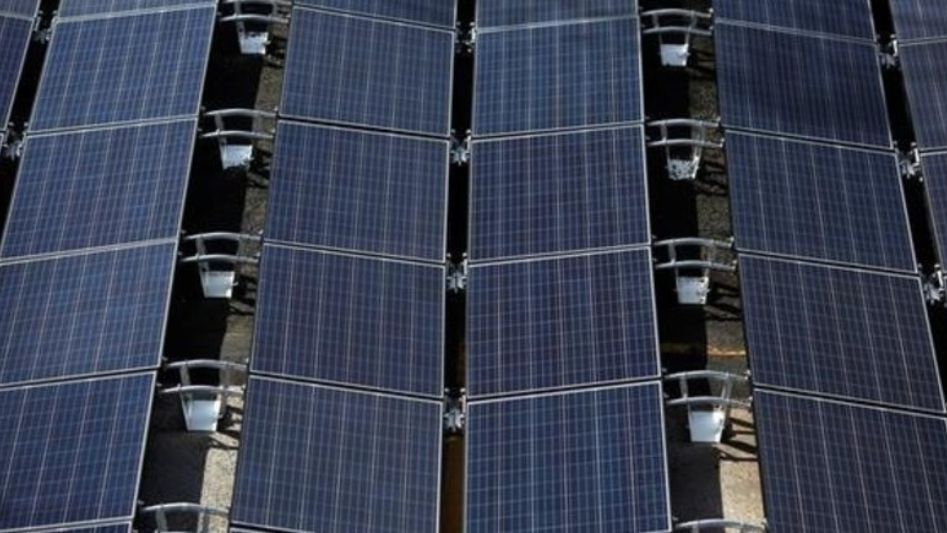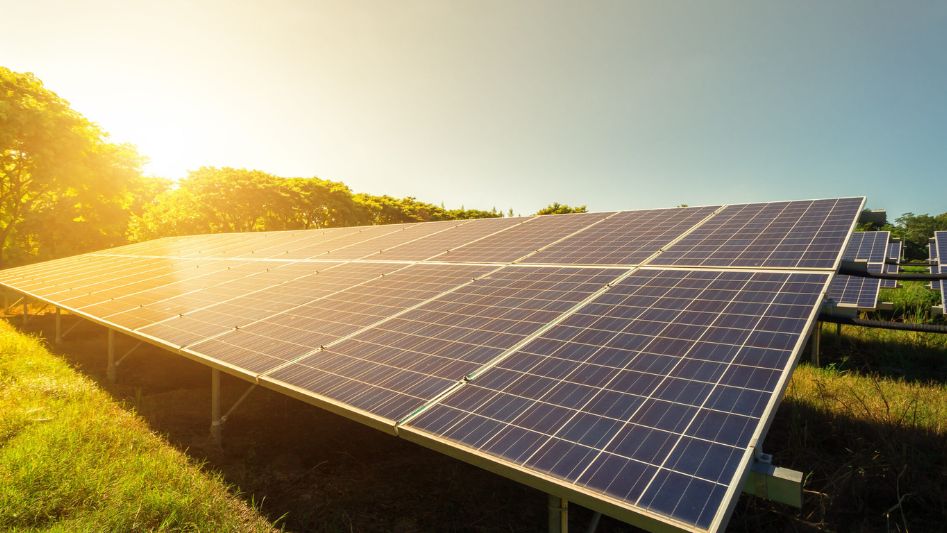The world is facing a climate crisis, and it has become imperative to shift towards clean and sustainable energy sources. Among all renewable energy sources, solar energy is one of the most promising and widely used. Solar energy has come a long way in the past few decades, and with advancements in technology, the future of solar energy is looking brighter than ever. In this article, we will explore the latest advancements in solar energy and their impact on the environment and economy.
Table of Contents

Solar Panels Becoming More Efficient
One of the major advancements in solar energy is the increase in the efficiency of solar panels. The efficiency of solar panels has improved significantly over the past few decades. Earlier, solar panels had an efficiency of around 15%, but now, the most efficient solar panels can convert up to 22% of the sun’s energy into electricity. This increase in efficiency means that the same amount of solar panels can generate more power than before.
Bifacial Solar Panels
Bifacial solar panels are a new type of solar panel that can generate electricity from both sides. Unlike traditional solar panels that can only generate electricity from one side, bifacial solar panels can capture sunlight from both sides, which increases their efficiency. Bifacial solar panels are also more durable and have a longer lifespan than traditional solar panels.
Solar-Powered Cars
Solar-powered cars are no longer a concept but a reality. With advancements in technology, it is now possible to power a car using solar energy. Some car manufacturers have already launched solar-powered cars, and more are expected to follow suit in the future. Solar-powered cars are not only environmentally friendly but also cost-effective in the long run.

Energy Storage
One of the biggest challenges of solar energy is energy storage. Solar energy can only be generated during the daytime, and energy storage is needed to use solar energy during the night or when there is no sunlight. With advancements in technology, energy storage has become more efficient and cost-effective. Lithium-ion batteries are now widely used for energy storage and are becoming more affordable.
Grid-Scale Energy Storage
Grid-scale energy storage is another advancement in energy storage. Grid-scale energy storage refers to large-scale energy storage systems that can store solar energy and release it into the grid as needed. These systems are becoming more efficient and cost-effective, and they can help balance the grid and reduce the need for fossil fuels.
Solar-Powered Agriculture
Solar-powered agriculture is an emerging field that uses solar energy to power agriculture operations. Solar-powered irrigation systems can be used to pump water for irrigation, and solar-powered agro-processing can be used to process crops. Solar-powered agriculture can help reduce the carbon footprint of agriculture operations and increase the productivity of farms.

Conclusion
The advancements in solar energy are shaping a bright future ahead. From more efficient solar panels to grid-scale energy storage systems, solar energy is becoming more reliable, cost-effective, and accessible. Solar-powered agriculture and transportation are also emerging fields that hold great promise for a sustainable future. As individuals and communities, we must embrace and support these advancements in solar energy to create a brighter, cleaner, and more sustainable world.
FAQ
Is solar energy expensive?
Solar energy has become more affordable in recent years, and it is now cost-competitive with fossil fuels in many regions.
Can solar energy be used during the night?
Solar energy can be stored in batteries and used during the night or when there is no sunlight.
How long do solar panels last?
Solar panels have a lifespan of around 25-30 years, but they can last longer with proper maintenance.
You May Also Like
- HOW MUCH SOLAR ENERGY COST? TRENDS OVER TIME
- AGRIVOLTAICS: WHERE SOLAR ENERGY MEETS AGRICULTURE
- EVERYTHING YOU NEED TO KNOW ABOUT SOLAR ENERGY
- IS SOLAR ENERGY RENEWABLE OR NONRENEWABLE?
- HOW RENEWABLE IS SOLAR ENERGY? THE UNBELIEVABLE FACTS
